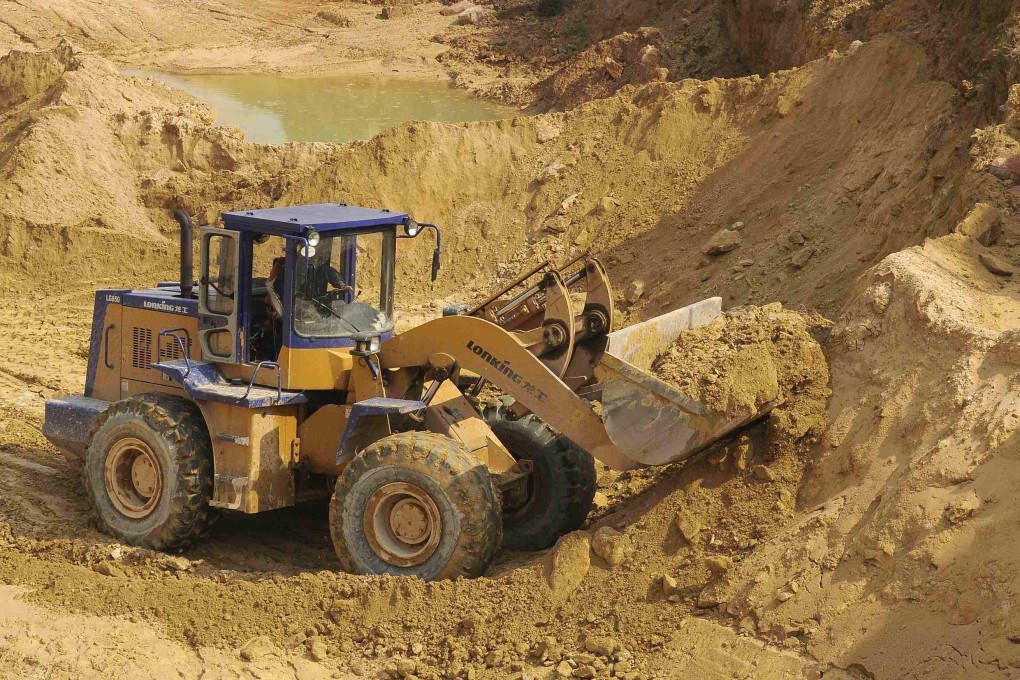China’s grip on rare earths undercuts US, Japan and Australia projects
Despite billions in subsidies, the US and its allies face an uphill battle to break China’s dominance in the rare earth minerals market

A couple of hours outside Houston, in a remote field near a Dow Chemical Co. plant, America’s bid to undercut China’s grip on the global supply of rare earth minerals critical to high technology has yet to break ground.
Even when it does, China’s dominance of the market – it controls about 70 per cent of output and more than 90 per cent of refining – means that goal is likely to remain out of reach.
The Texas plant, to be built by Australia-based Lynas Rare Earths Ltd., represents a fraction of billions of dollars in subsidies and loans promised for the production and refining of the minerals in the US and its key allies. For the 149-acre (60 hectares) site, Lynas won more than US$300 million in Pentagon contracts. If all goes to plan, it will be operating a plant to process rare earths there in two years.
But while national security is a primary driver of the programmes in the US and elsewhere, a slump in prices since 2022 is undermining the business case for those projects. That’s raising questions about whether this and similar efforts can develop into a supply chain to rival Chinese firms protected by their government.
“These market conditions have now destroyed most of the hoped-for projects from just a couple [of] years back,” said James Litinsky, the CEO of MP Materials Corp., which owns the only rare earths mine in the US and is building a factory to manufacture magnets in Texas.
“Despite the efforts and investments of many governments, Chinese control over the vast majority of the supply chain remains,” Litinsky said on an earnings call last month.
